Nampo Myeonok (남포면옥)
3.3Km 2024-03-07
24, Eulji-ro 3-gil, Jung-gu, Seoul
+82-2-777-3131
Located near Seoul City Hall and Cheonggyecheon Stream, Nampo Myeonok is a traditional Korean restaurant. Opened in 1968, it has been recognized by the Michelin Guide several times. Their specialty is pyeongyang naengmyeon (pyeongyang cold buckwheat noodles). The restaurant also serves a variety of other dishes that are the most commonly found in Korea, including galbi tang (galbi soup), bulgogi, mandu soup, and yukgaejang (spicy beef soup).
Myeongdong Yeongyang Center (명동 영양센터)
3.4Km 2024-03-11
52, Myeongdong 2-gil, Jung-gu, Seoul
+82-2-776-2015
Myeongdong Yeongyang Center specializes in roasted chicken and ginseng chicken soup. The jeongi gui tongdak (rotisserie chicken) is light and juicy with just the right amount of fat, and the crispy skin is excellent. The vinegar-marinated radishes are a must-have side dish. Samgye tang (ginseng chicken soup) is also the signature dish of the restaurant. The lunch special, Tongdak set menu (Roasted chicken set menu), features roasted chicken, chicken soup, nutritional bread, and vegetables, offering a satisfying ensemble.
Jangsu Galbi (장수갈비)
3.4Km 2021-03-26
54-1, Myeongdong 2-gil, Jung-gu, Seoul
+82-2-775-9292
It has been around since 1968. This restaurant's signature menu is grilled ribs. This Korean dishes restaurant is located in Jung-gu, Seoul.
Yeongyang Center (영양센타)
3.4Km 2021-03-29
52, Myeongdong 2-gil, Jung-gu, Seoul
+82-2-776-2015
This is a restaurant in Myeong-dong where you can eat old-fashioned whole chicken. This Korean dishes restaurant is located in Jung-gu, Seoul. The most famous menu is fried chicken.
Olens - Myeong-dong Embassy Branch [Tax Refund Shop] (오렌즈 명동대사관점)
3.4Km 2024-04-22
50, Myeongdong 2-gil, Jung-gu, Seoul
-
NOON Square (눈스퀘어)
3.4Km 2020-05-07
14, Myeongdong-gil, Jung-gu, Seoul
+82-2-3783-5005
NOON Square is a large shopping complex located at the center of Myeong-dong, known as a mecca of fashion and culture. It features a wide range of both domestic and international fashion brands. The highlight of NOON Square is Level 5 located on the 5th floor. Level 5 is designed with a concept of "multi-shop within multi-shop," featuring unique and original fashion goods designed by new independent designers. In addition, NOON Square is the first venue in Korea to install an outdoor escalator.
H&M - Myeongdong Branch No.1 (H&M - 명동1호점)
3.4Km 2015-12-18
14, Myeongdong-gil, Jung-gu, Seoul
+82-2-3783-4881
H&M, established in Sweden in 1947, is a global fashion brand with more than 2,000 stores in over 35 countries throughout the world. There are currently three H&M stores in Korea.
The H&M Myeongdong branch no.1 occupies four floors, each with a unique interior, inside Noon Square (shopping mall). It sells a wide variety of clothes and other fashion items for women, men and children. It also introduces new designs and items by over 100 designers every day.
KINGKONG Budaejjigae Myeongdong Noon Square(킹콩부대찌개 명동눈스퀘어)
3.4Km 2020-10-30
6F, Noon, Square, , 14, Myeongdong-gil, Jung-gu, Seoul
+82-2-3789-8812
This is a Korean cuisine located in Myeong-dong, Seoul. The representative menu is sausage stew. Budaejjigae (spicy sausage stew) is a soup dish made with various types of ham and Korean broth and sauces.
Thai GARDEN (타이가든)
3.4Km 2021-03-18
14, Myeongdong-gil, Jung-gu, Seoul
+82-2-754-3005
This is a Asian restaurant located in Myeong-dong, Seoul. A restaurant where the food is directly prepared and cooked by Thai chefs. The representative menu is pad Thai.
The Masyalla (더마샬라)
3.4Km 2021-03-24
14, Myeongdong-gil, Jung-gu, Seoul
+82-2-754-8939
Located near Myeongdong, this Indian restaurant is famous among office workers. This Indian (cuisine) restaurant is located in Jung-gu, Seoul. The representative menu is chicken curry.
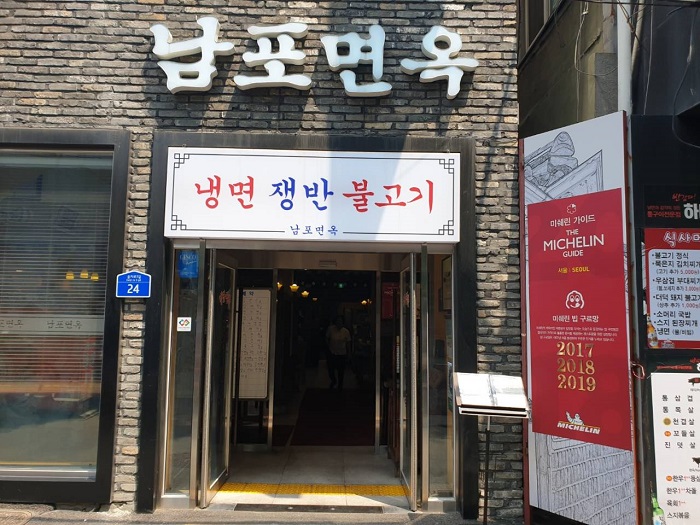

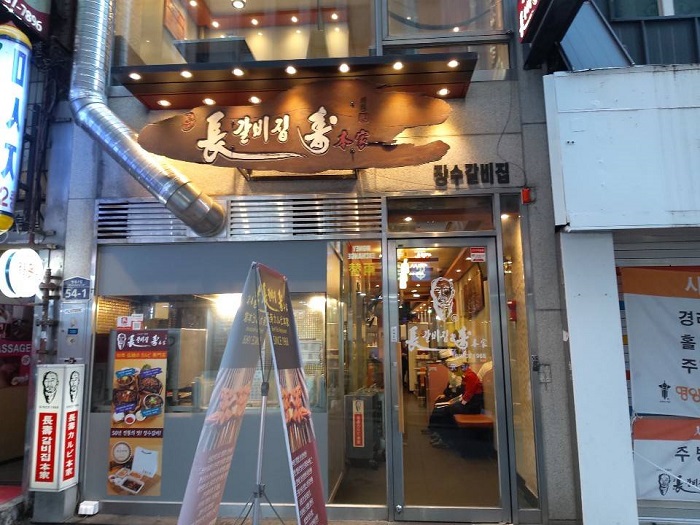
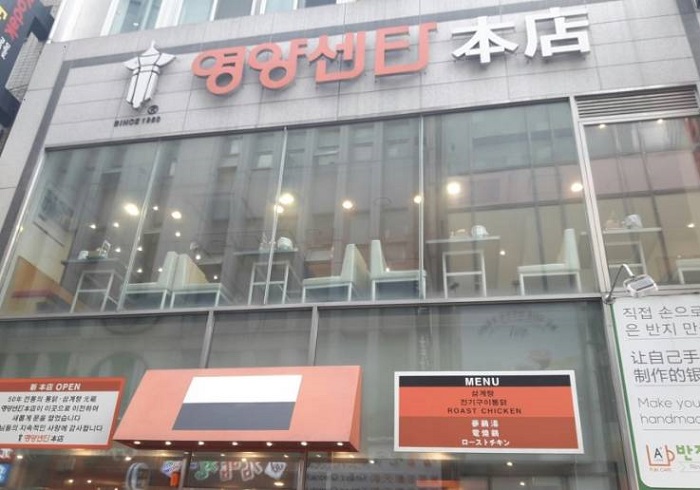
![Olens - Myeong-dong Embassy Branch [Tax Refund Shop] (오렌즈 명동대사관점)](http://tong.visitkorea.or.kr/cms/resource/05/2878605_image2_1.jpg)
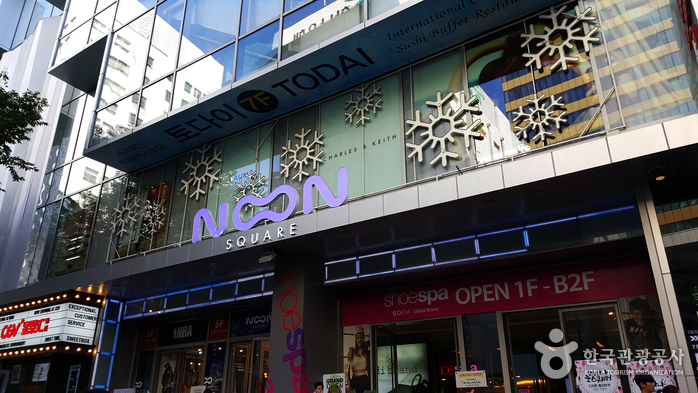
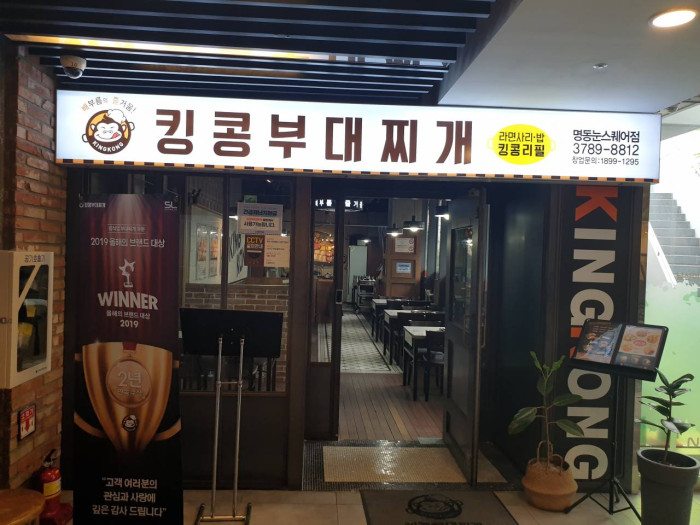

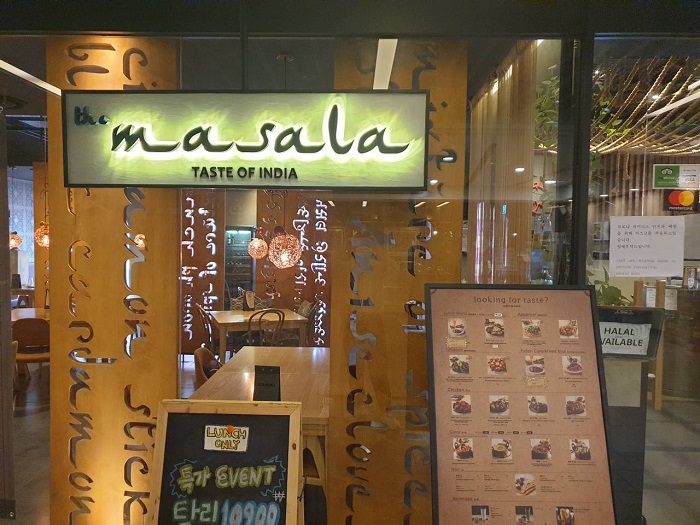
 English
English
 한국어
한국어 日本語
日本語 中文(简体)
中文(简体) Deutsch
Deutsch Français
Français Español
Español Русский
Русский